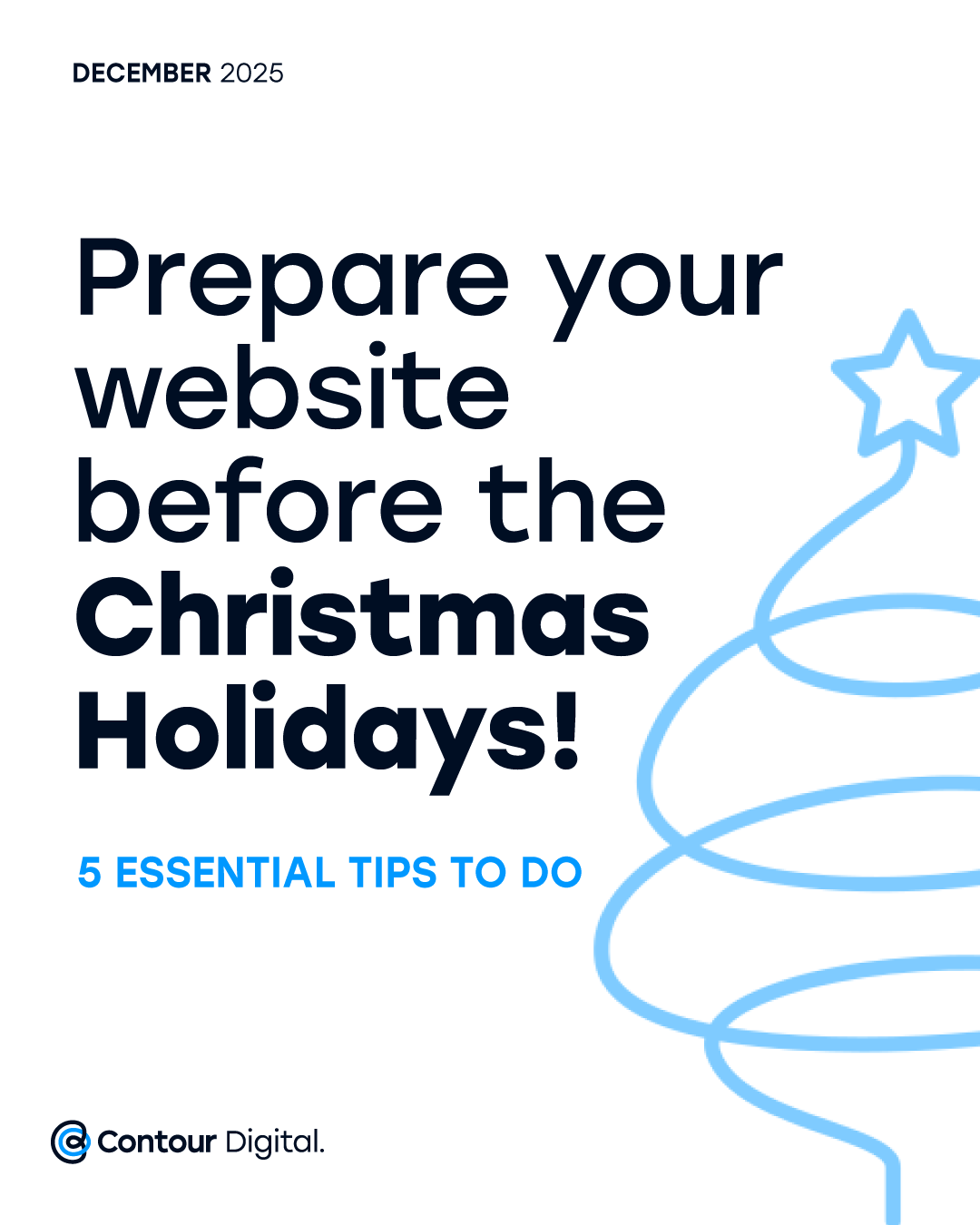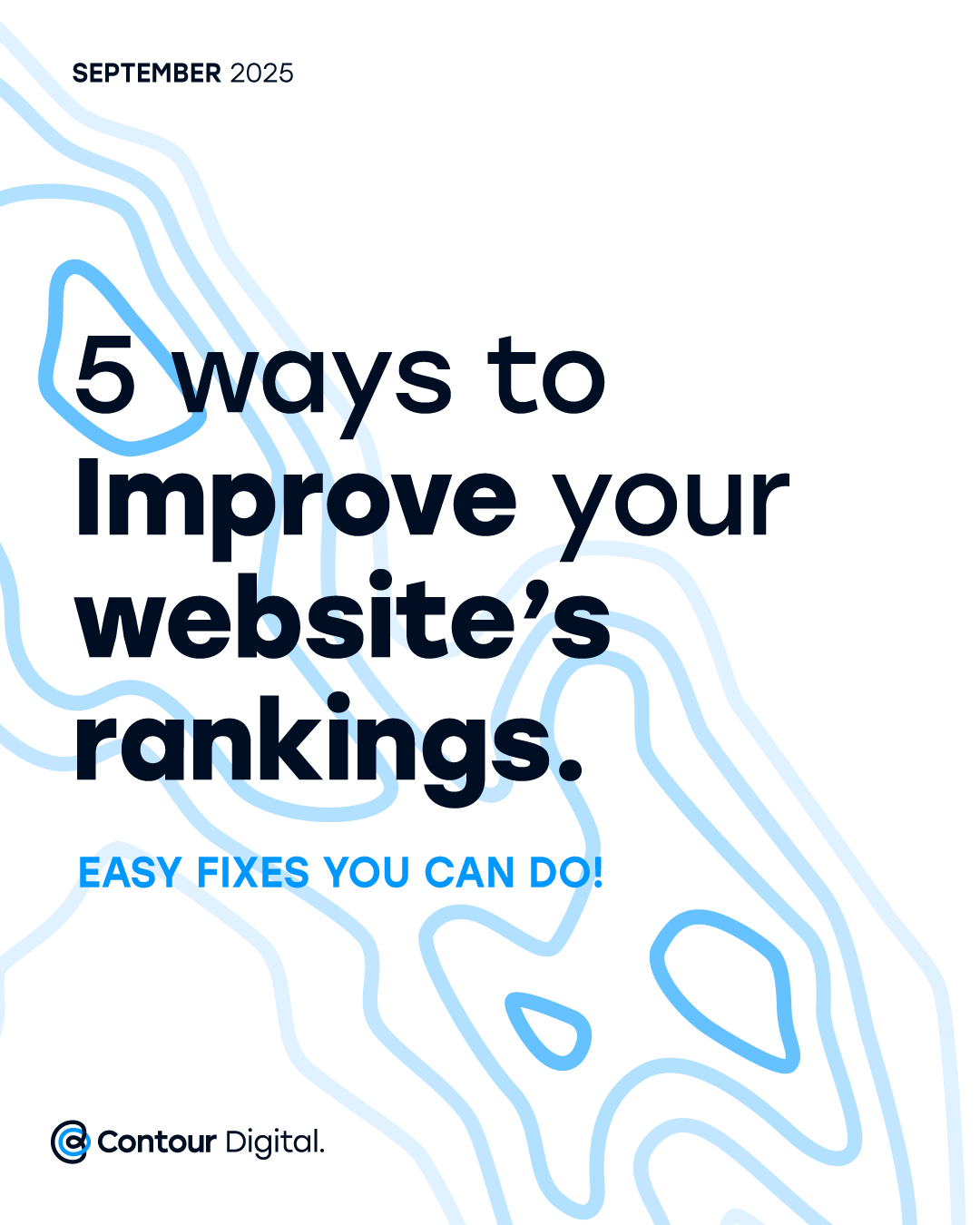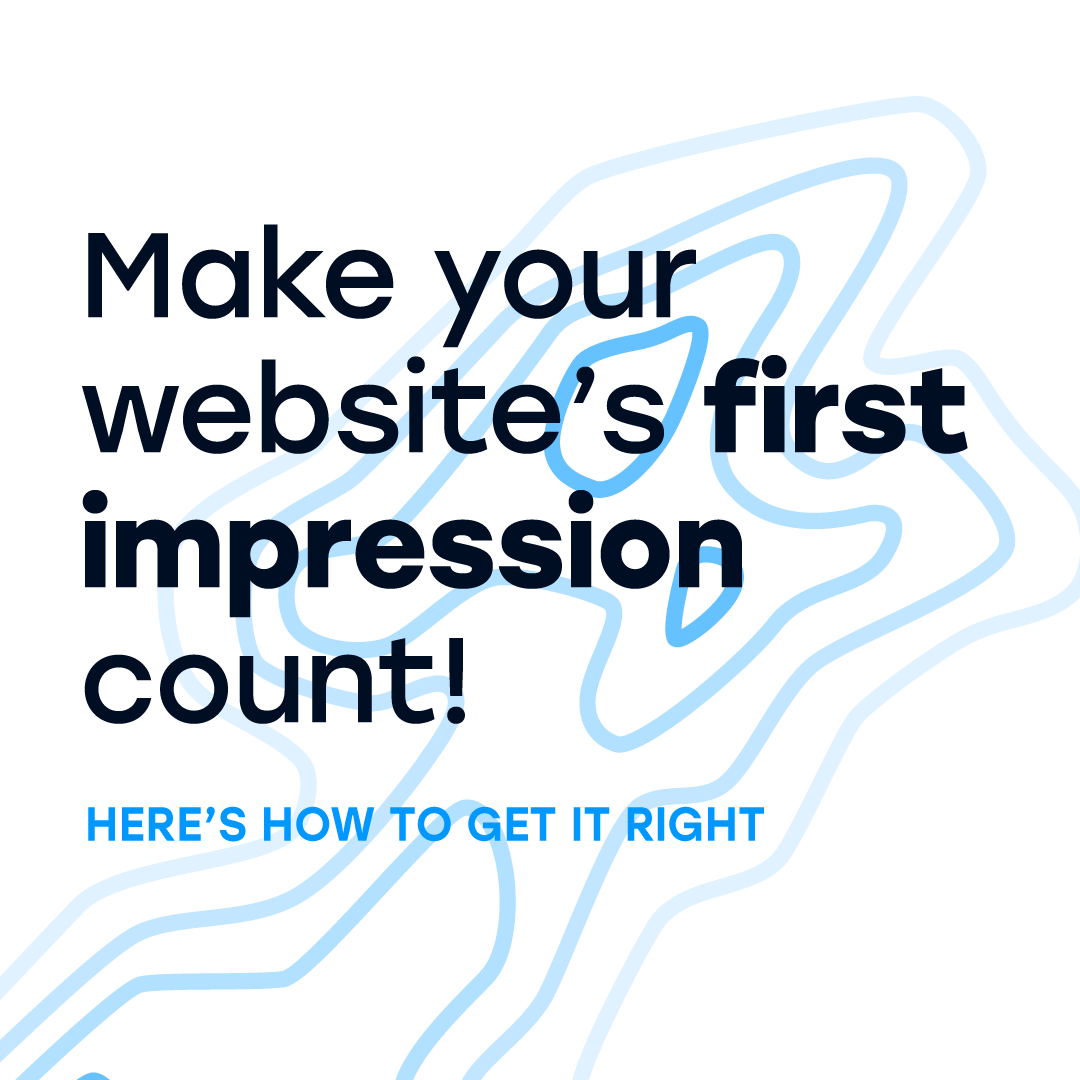3 of the Most Common LinkedIn Marketing Mistakes - and How to Fix Them
Nick Whiting • June 5, 2019
Are you making these three common mistakes with your LinkedIn content? You "hijack" your own post, You post on LinkedIn only to promote your self-interest and You don't have a LinkedIn content strategy
I'm seeing so many of these kinds of posts in my feeds, so I thought I should share with you why these are mistakes - and how you can fix them. Hopefully, these tips will help you improve your LinkedIn content approach.
1. You "hijack" your own post
I don't like to use the term "hijack," but it's the best way to describe this error. If you're familiar with the term " thread hijacking ," then I'm largely referring to the same thing, but in this case, it happens within your own post - and you're the one doing it, most probably without even realizing.
To hijack your own post means to start your update with an interesting topic, along with supporting images. You then suddenly switch topics at the end.
Here's a sample post I created to illustrate what I mean:
As you can see, the images were taken during a recent LinkedIn Local Philippines Campus Tour, and the post starts with an enthusiastic statement in reference to that event:
As a reader who's familiar with what LinkedIn Local is, it would sound interesting to me - I might think "it must be really fun holding LinkedIn Local events in campuses". Given this, I'm, keen to know more about the event - what the key takeaways were, the panelists that attended, etc. But there's no mention of any of these details - instead, the second paragraph veers into self-interest, switching focus to a separate topic that I want to promote:
As you can see, to hijack your own post means to write an update which initially gets the attention of your network, only for them to realize at the end that your main intent is to sell, not really to highlight what you've started.
Here's how you can fix it
With every one of your LinkedIn updates, remember to stick to a single main point.
In this case, I would be better off splitting the post above into two separate posts, each with a clear focus. I could then be more strategic about my posting of each, tagging relevant people, posting at ideal times, using relevant hashtags, etc.
For each of these posts, I would also have to ensure that the images I use support that single idea - otherwise, the image just serves as a "bait" to get the attention of my network. This may help get a little extra attention, but it won't help build connection and community. And worse, it could turn people off, and prompt them to unfollow, or remove you as a connection.
2. You post on LinkedIn only to promote your self-interest
I get it. You're a thought leader or a world-renowned speaker, or you might even be a best-selling author. You have speaking engagements here and there, you hold events in almost every location one can ever think of.
That's all fine, but if all you ever do on LinkedIn is promote yourself, you're not likely to maximize your reach and engagement potential on the platform.
I've seen a lot of LinkedIn members who seem very popular and well-respected in their fields, but who fail to "connect" with their network on LinkedIn.
The truth is, every LinkedIn member has "what's in it for me?" in mind. That makes sense, and is not surprising that people want to use the platform to promote themselves and their professional expertise. But the best way to leverage the platform is to build relationships, and you do that by providing value to your network - not endlessly talking about yourself.
Nobody wants to be sold to, no one wants to connect with you just so you can sell them your new online course, your newly released book or your insurance policies - or, indeed, so you can endlessly invite them to your upcoming events.
If you do so within reason that's generally okay, but if that's all you do, each and every time you post, it might be time to unfollow you.
Here's how you can fix it
Stop focusing on self-interest, and start thinking about how you can give, rather than take.
By doing this, you'll earn the right to promote your products or services, without getting ignored. If you consistently show up to help others succeed, you'll advance towards achieving your LinkedIn goals also faster than you will through self-promotion.
It's been said many times, but it is worth repeating - "People do business with those they know, like and trust".
You've got to earn the right to promote - and not overdo it - through this know-like-trust factor if you want to see real results from organic engagements.
If you only want to use LinkedIn to promote or sell, and not help or build your presence - by all means, you can do that, however, you'll likely see better results through the platform's paid ads, not through your organic presence.
If you're not willing to spend on paid ads, then you should spend time figuring out how you can build relationships by providing value to your network.
Either way, you still have to invest - you either invest money on ads or invest your time on building relationships. The results will be relative to what you put in.
3. You don't have a LinkedIn content strategy
If you're on LinkedIn to use it as "just another social media platform," that's fine - you probably don't need a strategy.
But if you want to create opportunities for yourself, in order to help advance your career, or grow your business, you need to have a LinkedIn content strategy, which is aligned with your overall marketing goals.
It's easy to see those on LinkedIn who have strategies in place, as opposed to those who are just posting at random.
Remember, "failing to plan is planning to fail". If you want to maximize your on-platform performance, it's worth taking the time to map out an optimal approach.
Here's how you can fix it
If you don't have a clear LinkedIn content strategy, stop posting now and think about it first.
Start with these five questions:
- What is your goal for using LinkedIn?
- Who is your target audience?
- What are their pain points and challenges?
- How can you help them address their pain points and challenges?
- How will you measure your success?
Your LinkedIn content strategy should be aligned with your overall marketing goals - and where possible, in synch with your offline activities. Try using LinkedIn Sales Navigator , for example, to help you create more targeted content.
Having a clear content strategy, and a detailed content calendar, will help you achieve your marketing goals organically.
These are some of the most common strategic errors I see on LinkedIn - if you're making them, hopefully this post has prompted you to re-think your approach, and come at it from a more strategic perspective. Of course, it's all relative to what you want to achieve - if you're merely using LinkedIn as a supplementary channel to stay in touch with your network or current and former colleagues, that's fine, no need to heed these tips.
But if you're spending time on LinkedIn, and you want to get the most out of your efforts, it's worth considering how you can do so.
Hopefully these pointers will help.
Share this:








